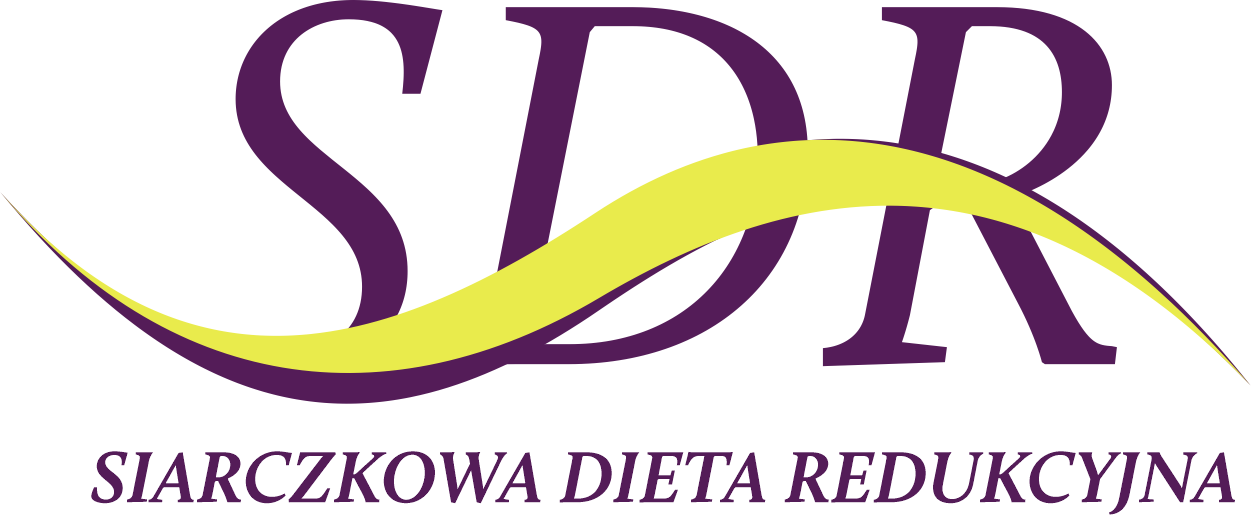
Degenerative disease of the joints and spine (arthrosis)
Degenerative disease of the joints and spine (arthrosis)
Osteoarthritis of the joints and spine, also known as arthrosis, is a chronic disease of the musculoskeletal system that primarily affects older people. It is characterized by progressive damage to the joint cartilage and changes in the structure of the subchondral bone. As the disease progresses, joint mobility is limited, pain, and stiffness occur, which significantly affects the quality of life of patients.
Arthrosis can affect any joint in the body, but it most often occurs in the knee, hip, spine, and small joints of the hands and feet. The disease process begins with the degradation of joint cartilage, which loses its elasticity and ability to cushion. As a result, the joint surfaces rub together, leading to inflammation, pain, and further tissue damage.
Prevention of degenerative joint and spine disease:
- Maintaining a healthy body weight
- Regular, moderate physical activity (e.g., swimming, cycling)
- Avoiding overloading the joints
- Eating a healthy, balanced diet rich in vitamins and minerals
- Taking care of proper body posture
- Avoiding staying in one position for long periods of time
- Using ergonomic solutions at work and at home
- Regular check-ups, especially for people at risk
Treatment of degenerative joint and spine disease:
Treatment of degenerative joint and spine disease is comprehensive and usually begins with conservative methods. The basis of therapy is pharmacotherapy, which aims to relieve pain and reduce inflammation. Painkillers such as paracetamol and non-steroidal anti-inflammatory drugs (NSAIDs) are used. In some cases, doctors also recommend disease-modifying preparations such as glucosamine or chondroitin. In more advanced stages of the disease, intra-articular injections of corticosteroids or hyaluronic acid can be used, which provide relief for a longer period of time.
The second pillar of arthrosis treatment is physical therapy and rehabilitation. Patients undergo a variety of treatments, such as exercises to strengthen muscles and improve range of motion, massages, heat or cold therapy, and electrotherapy (e.g., TENS). Lifestyle changes also play an important role, including weight loss, dietary modification, and adapting physical activity to the patient's abilities. Various types of orthopedic aids, such as crutches, walking sticks, walkers, or joint braces and stabilizers, can be helpful in everyday functioning.
In cases of advanced arthrosis, when conservative methods do not bring satisfactory results, surgical treatment is considered. Possible surgical interventions include arthroscopy, which allows for cleaning the joint and removing damaged cartilage fragments, osteotomy to correct the alignment of the limb axis, and ultimately endoprosthetics, i.e., complete replacement of the damaged joint with an artificial one.
The choice of treatment method is always individual and depends on the stage of the disease, the patient's age, and their general health. The aim of all forms of therapy is not only to alleviate symptoms but also to improve the functioning of the joints and slow down the progression of the disease, which translates into a better quality of life for patients suffering from arthrosis.
At the hotel, we provide therapeutic massages (relaxing and therapeutic) that will help relieve muscle tension and reduce joint pain, as well as mineral baths and balneological treatments.



